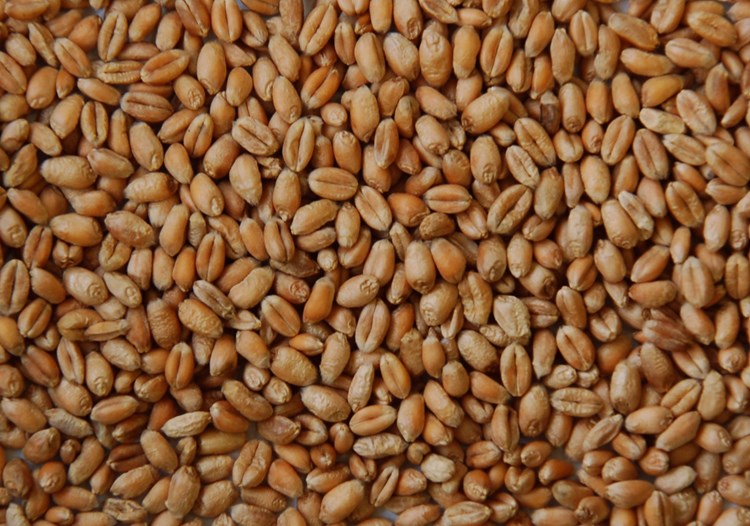Grain Storage in a Dry Year
Watching combines flying through dry crops with dust flying it is tempting to take your eye of the ball and assume that there is no need to worry about the grain and it can be tipped in the store and left.
Sadly, that is not the case as Farm Business Advisor, Jerry Alford explains.
Grain deterioration in store is one of the most frustrating causes of rejection, particularly if it means the loss of premiums for Milling wheat or Malting barley. Usually this rejection is caused by the presence of storage pests, insect and mites which live in the store and survive on crop residues when the store is empty. When grain is stored damp it creates an ideal environment for these insects to breed creating ‘’hotspots’’ of bugs which breed and travel through the heap until the whole heap is infested. Grain should be stored at below 14.5% moisture and whilst it is common to dry grain quickly at harvest time, it is also important to cool the grain after high temperature drying to below 15 degrees as soon as possible.
When the grain is dry at harvest, the conditions are less ideal for bugs but the way we manage the dry grain from the field is also an important part of grain store management. When grain comes straight off the combine it will be at ambient air temperature and this can often be higher than 15 degrees. It is therefore still important to cool this grain quickly to rapidly reduce the risk of infestation, treating the grain in the same way as grain taken from a drier.
Grain should then continue to be cooled as soon as possible after harvest to below 15oC to control grain beetles and mites; ideally within 2 weeks of harvest. Long term cooling to 5oC will kill insect pests surviving in store and prevent mite numbers increasing. However if you have barley in store aimed at the malting market don’t cool below 10oC. Cooling to below 12oC will prevent grain weevils from developing.

There is an additional problem with Oats because the high oil content makes them prone to giving off a rancid smell when they warm up, and which taints any going for the human consumption market- which can be another reason for rejection. Oats for human consumption should be prioritised over feed grade cereals for this reason and should be dried and cooled as quickly as possible.
Even after cooling at harvest problems can still occur with capping, a layer of crusted grains on the top of the heap,. This is caused by air being blown through the grain, picking up heat and then condensing when coming in contact with the cooler air at the surface. This can be reduced by using a differential thermostat which controls the cooling systems so that they run whenever the ambient air temperature is 4-6 degrees cooler than the grain temperature and are automatically switched off once the grain reaches the ambient temperature.


